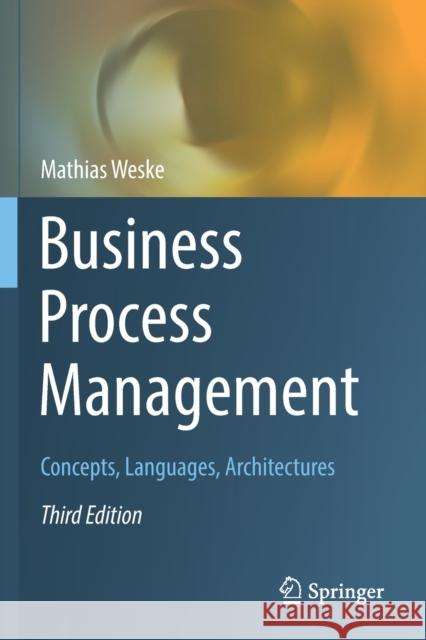Business Process Management: Concepts, Languages, Architectures » książka
topmenu
Business Process Management: Concepts, Languages, Architectures
ISBN-13: 9783662594346 / Angielski / Miękka / 2020 / 417 str.
Business Process Management: Concepts, Languages, Architectures
ISBN-13: 9783662594346 / Angielski / Miękka / 2020 / 417 str.
cena 195,42 zł
(netto: 186,11 VAT: 5%)
Najniższa cena z 30 dni: 192,74 zł
(netto: 186,11 VAT: 5%)
Najniższa cena z 30 dni: 192,74 zł
Termin realizacji zamówienia:
ok. 20 dni roboczych.
ok. 20 dni roboczych.
Darmowa dostawa!
Kategorie:
Kategorie BISAC:
Wydawca:
Springer
Język:
Angielski
ISBN-13:
9783662594346
Rok wydania:
2020
Wydanie:
2019
Ilość stron:
417
Waga:
0.60 kg
Wymiary:
23.39 x 15.6 x 2.26
Oprawa:
Miękka
Wolumenów:
01
Dodatkowe informacje:
Wydanie ilustrowane











